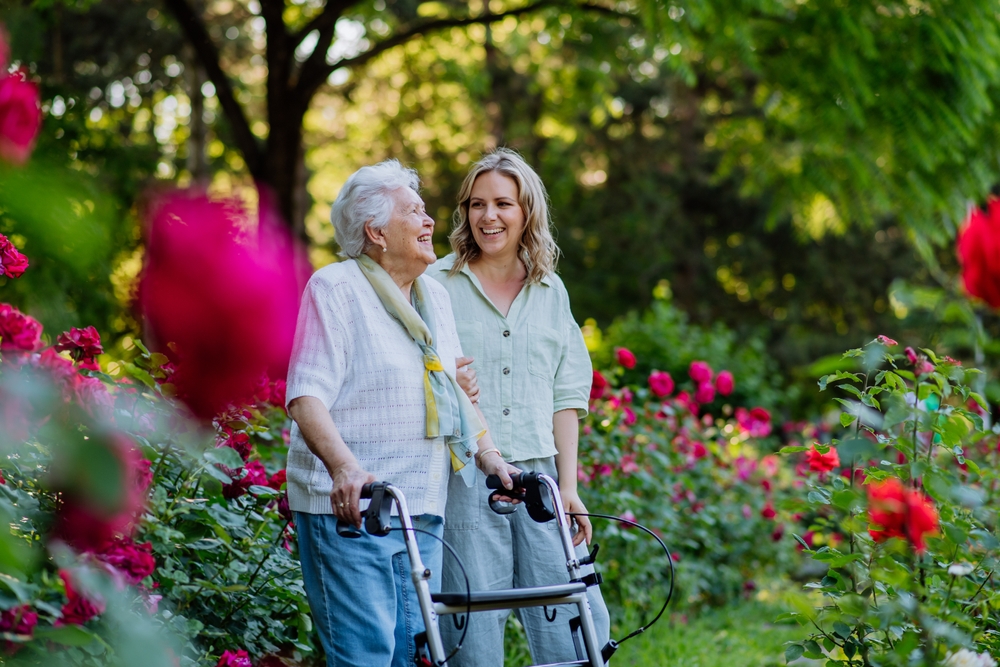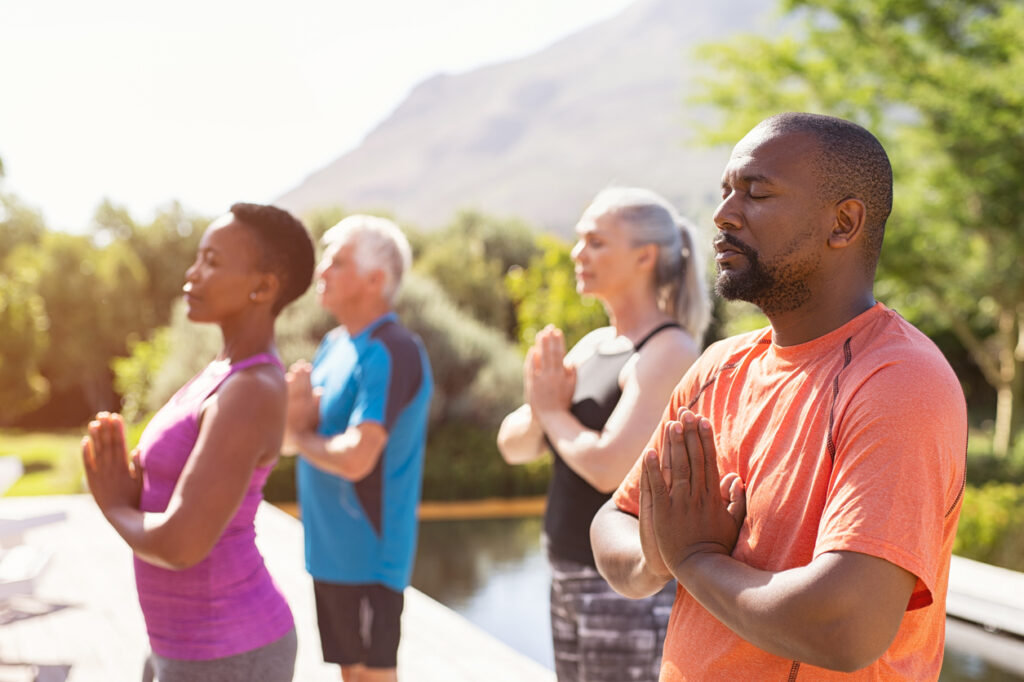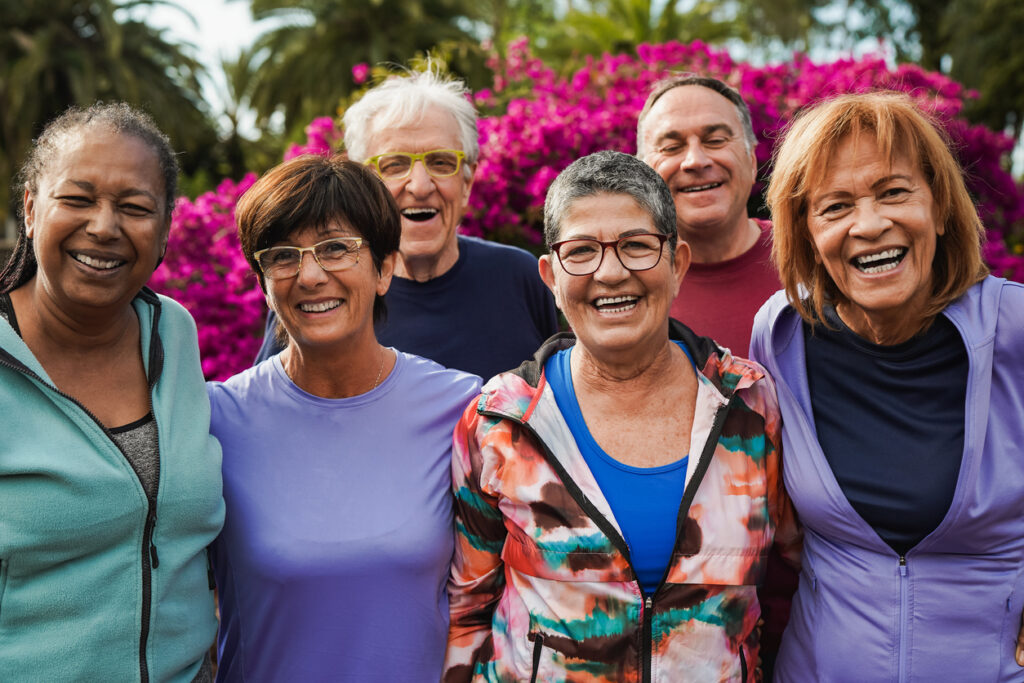1. They Move Naturally Throughout the Day

You won’t find these folks in longevity hotspots grinding it out on a StairMaster or booking back-to-back Pilates classes. In the world’s longest-living communities — places like Okinawa, Sardinia, and Nicoya — people stay active without even thinking about it. They walk to the market, garden, tend animals, sweep their patios, and live in hilly towns where everything requires a few steps up. It’s low-intensity, constant movement that adds up over a lifetime. So yes, parking far away from the store or doing your own yard work totally counts. Turns out, daily movement beats occasional marathons when it comes to living longer.
2. Their Diets Are Mostly Plant-Based

Beans, greens, nuts, and seasonal produce are the real MVPs here. Across these long-living communities, people eat diets that are 90–95% plant-based, with meat showing up only on special occasions or in small portions — think a few times a month, not every meal. In Nicoya, it’s black beans and squash. In Okinawa, purple sweet potatoes. Forget ultra-processed, shelf-stable everything — they cook real food with real ingredients. And no, this isn’t about eating perfectly. It’s about keeping it simple, whole, and close to the earth. Your gut, heart, and cholesterol numbers will all say thank you.
3. They Stop Eating When They’re Not Quite Full

In Okinawa, they follow a principle called hara hachi bu, which means they stop eating when they’re about 80% full. No food comas, no undoing the top button of their jeans. This habit helps prevent overeating, reduces inflammation, and keeps the body in balance. Meanwhile, the rest of us are often eating until Netflix asks if we’re still watching. Try checking in with yourself mid-meal — are you hungry, or just vibing with the mashed potatoes? Stopping short of stuffed might be the longevity trick we’ve been overlooking.
4. They Prioritize Faith or Spiritual Practice

Most people in the world’s longest-living communities have a spiritual or religious foundation, whether it’s attending church, honoring ancestors, or simply pausing to reflect each day. In Loma Linda, for example, many are Seventh-day Adventists who observe a weekly Sabbath. This isn’t about doctrine — it’s about the stress-reducing, life-affirming power of routine, community, and belief in something bigger than yourself. And yes, even lighting a candle, journaling, or sitting quietly in nature can count. Peace of mind is more powerful than we give it credit for.
5. They Know Their Purpose (And Live It Daily)

Whether it’s called ikigai in Okinawa or plan de vida in Nicoya, the idea of having a purpose — a reason to get up in the morning — is a common thread among the longest-living people. It could be caring for grandchildren, working in the garden, volunteering, or sharing wisdom with the community. Purpose adds structure, meaning, and motivation to daily life — and research backs this up: a strong sense of purpose is linked to longer life and lower risk of disease. So ask yourself: what lights you up? And how can you do more of that?
6. They Drink Alcohol (But They Don’t Overdo It)

With the exception of Loma Linda’s Adventists (who abstain), many people in these communities enjoy a glass or two of alcohol per day — especially red wine. Sardinians sip Cannonau, a wine rich in antioxidants, usually with meals and in the company of others. The key? It’s moderate, consistent, and always part of a bigger social ritual — not stress relief after a brutal workday. One glass with friends at lunch? Longevity magic. Three margaritas and a text to your ex? Not quite the same.
7. They Have Close Social Circles

In Okinawa, they have moais — lifelong groups of friends that support each other emotionally, financially, and socially. In Sardinia, the whole village seems to function like one big family. Across the board, strong social ties are one of the most powerful predictors of a long life. These aren’t “like my post” relationships — they’re “show up at your door with soup” relationships. Investing in meaningful friendships can literally add years to your life. Call your people. Better yet, meet up with them and laugh until you snort.
8. They Manage Stress Like It’s a Full-Time Job

Even the longest-living people have bad days — they just know how to shake it off. Whether it’s afternoon naps in Ikaria, remembering ancestors in Okinawa, or quiet walks in Nicoya, daily rituals help release stress. Chronic stress leads to chronic inflammation, which underlies most age-related diseases. So while we might be out here stress-scrolling and powering through, these communities are pausing, breathing, and intentionally resetting. Your nervous system needs care just as much as your skin or heart. Start small — a 10-minute break, a stretch, or just… silence.
9. They Put Family First

Family is central in every one of these communities. Elders often live with younger generations, children are deeply involved in caregiving, and multigenerational homes are the norm. There’s no “send them away” culture — aging parents and grandparents are seen as vital contributors, not burdens. This builds strong emotional bonds, provides a support system, and gives everyone — especially elders — a sense of value and purpose. Sure, not all families are perfect (every family has that uncle), but nurturing close connections with loved ones is one of the clearest links to a longer, happier life.


